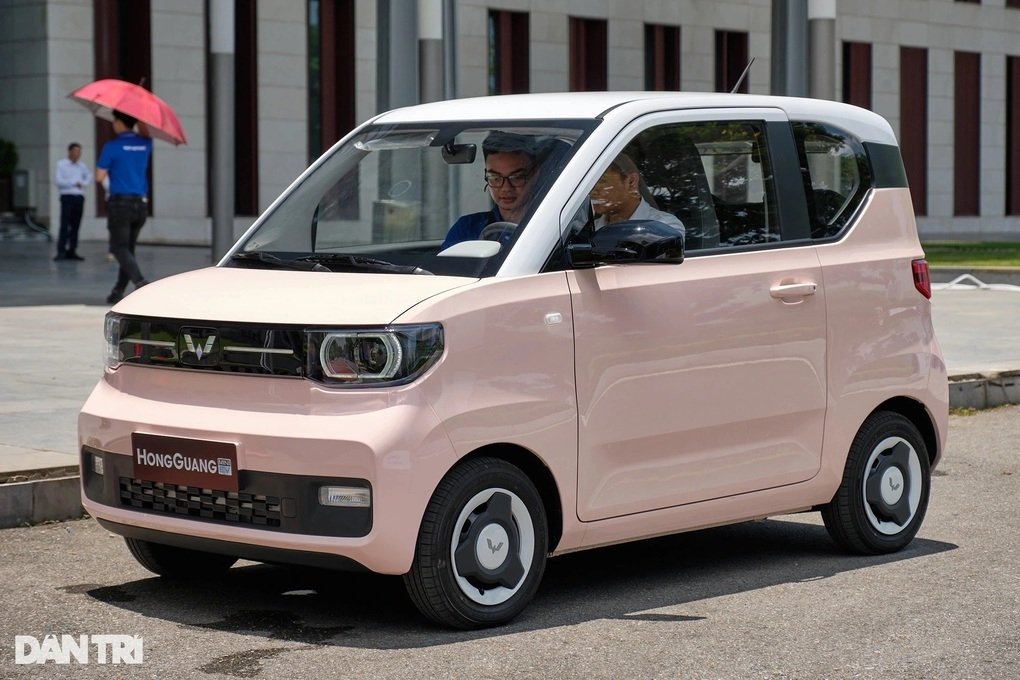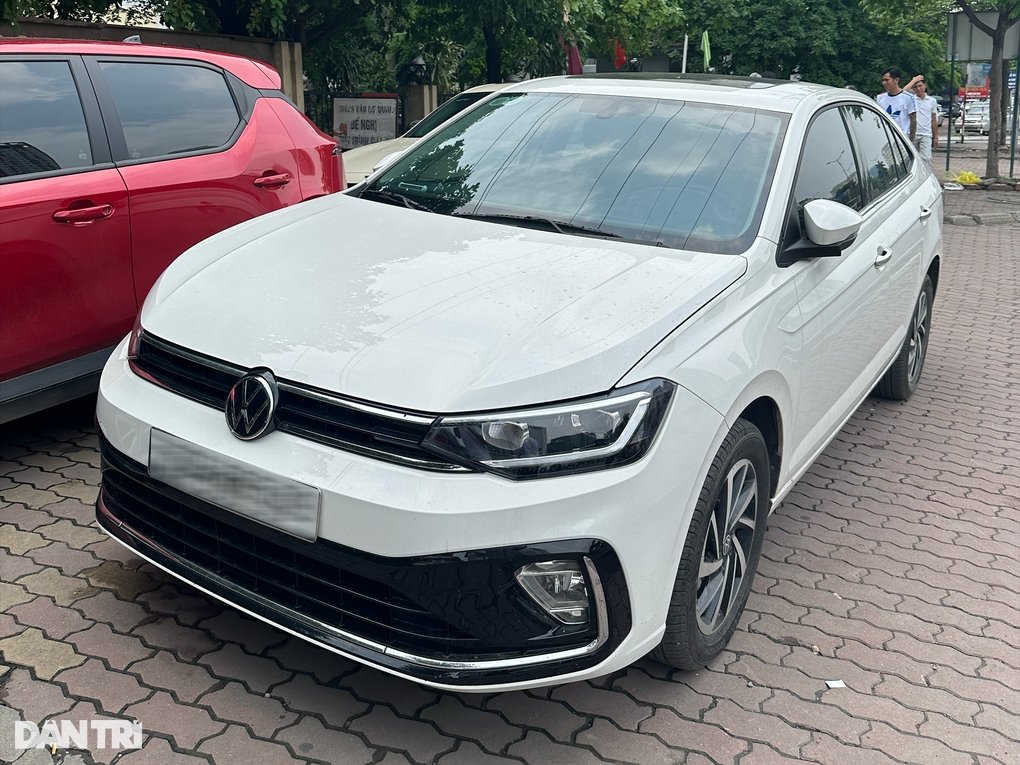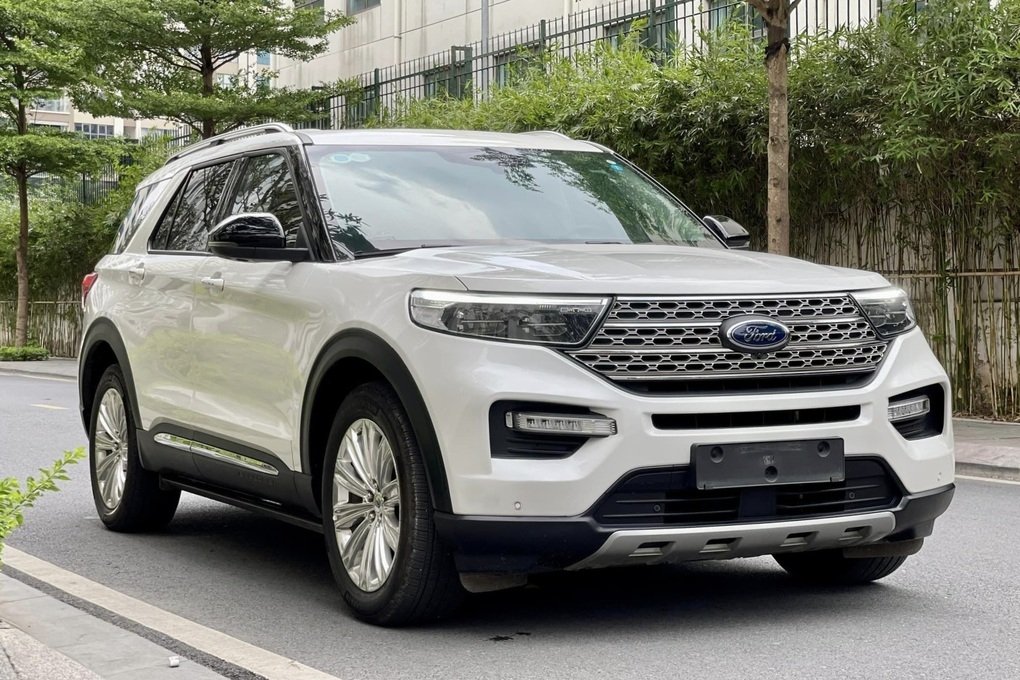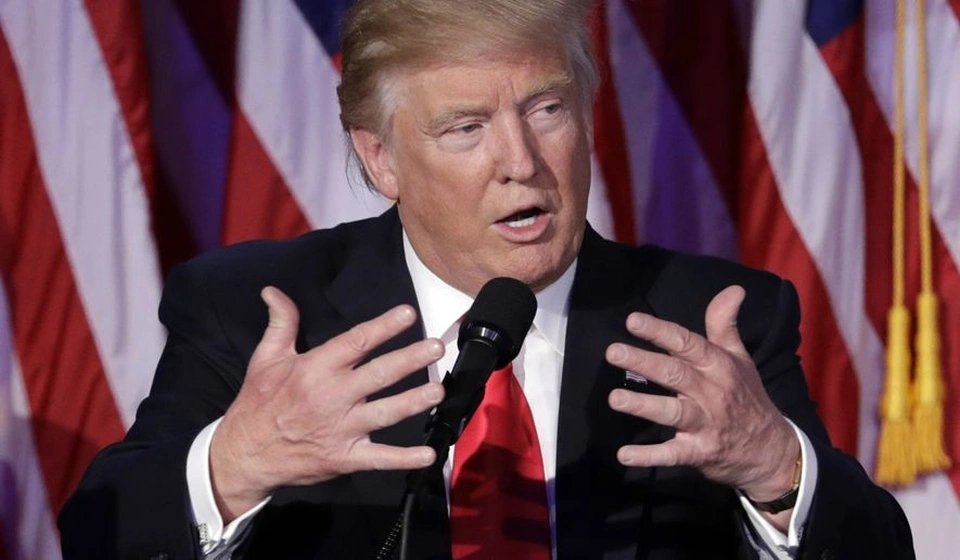
(Dan Tri) – Without discussing sales, the number of Chinese car companies entering the Vietnamese market is equal to Japanese brands.
Today, the `four-wheeled dream` is no longer far away for Vietnamese people, thanks to the diversity of products and attractive financial loan packages.
For Chinese car manufacturers, the Vietnamese market still has a lot of potential for development, despite prejudices about quality.
Chinese cars are constantly `landing` on the Vietnamese market
2023 is a `tumultuous` year for the Vietnamese auto market when decline becomes the general trend, due to the impact of the economic recession.
Unlike before, Chinese car lines enter Vietnam as genuine, not distributed through a third party, and even cooperate with local companies to assemble domestically.
The first is Wuling with the small electric car model Mini EV, assembled by TMT Motors and launched on June 29, 2023.
Wuling Mini EV is currently the cheapest car model in Vietnam (Photo: Nguyen Lam).
By August 2023, Haval – a sub-brand of Truong Thanh Auto Group (GWM) – entered the Vietnamese market with the H6 HEV model.
Without stopping, the `wave` of Chinese cars will continue to rise in 2024 when many new car models are planned to launch, such as GWM Tank 300, Baojun YEP, Haval Jolion…

MG RX5 does not have an active safety system but scores points thanks to its eye-catching design and low price, starting from 739 million VND.
In addition, BYD, Omoda & Jeacoo are also preparing to join Vietnam.

Aion Y Plus is available in Vietnam, waiting for the official launch date.
Thus, there are a total of 5 Chinese auto brands doing business in Vietnam (Wuling, Haval, Haima…) and there are about to be 3 more brands selling cars.
Even some large car manufacturers, such as Volkswagen, tend to switch to importing cars from China with introduced products such as the MPV Viloran or Teramont X (large SUV).
The company’s representative said that the car models produced in this market are suitable for Vietnam from design to equipment.

Volkswagen has up to 33 manufacturing plants in China, so importing cars from here will help the company bring in products with many `options` but the price is still more attractive than imports from Europe, experts say (Photo:
Choose products according to the tastes of Vietnamese customers
With the appearance of many new brands, customers have more choices, diverse segments and prices.

GWM Tank 300 is being anticipated by Vietnamese customers even though it originates from China (Photo: GWM).
Most Chinese cars launched in 2023 and about to return to the country are high chassis, such as Haval H6 HEV, MG RX5, Haval or GWM Tank 300.
Cheap electric cars under 300 million VND include the Wuling Mini EV model;

Lynk & Co 09 is developed based on the SPA chassis similar to the Volvo XC 90 (Photo: Hoang Tho).
The most noticeable general trend of Chinese cars in Vietnam is to abandon cheap cars and focus on distributing more expensive products.
Needs testing time
The fact that Chinese car models are officially distributed helps Vietnamese customers feel secure when choosing, because maintenance and care are more guaranteed.
This factor makes Chinese products always `struggle` to find customers.
In April, the Haval H6 HEV received a total discount of 120 million VND at the dealership, the actual selling price was reduced to 866 million VND, on par with the mid-range version of other models in the same C-SUV segment such as the Mazda CX-5 (749 million VND).
If you look at the 2010s, Korean cars were also under pressure like Chinese cars.
After many years of development, up to now, the quality of Korean car models has improved a lot, no longer having minor breakdowns;
Therefore, Chinese cars do not have a chance in Vietnam.
However, it cannot be denied that Chinese cars are gradually becoming a `new force` in the Vietnamese automobile market.








